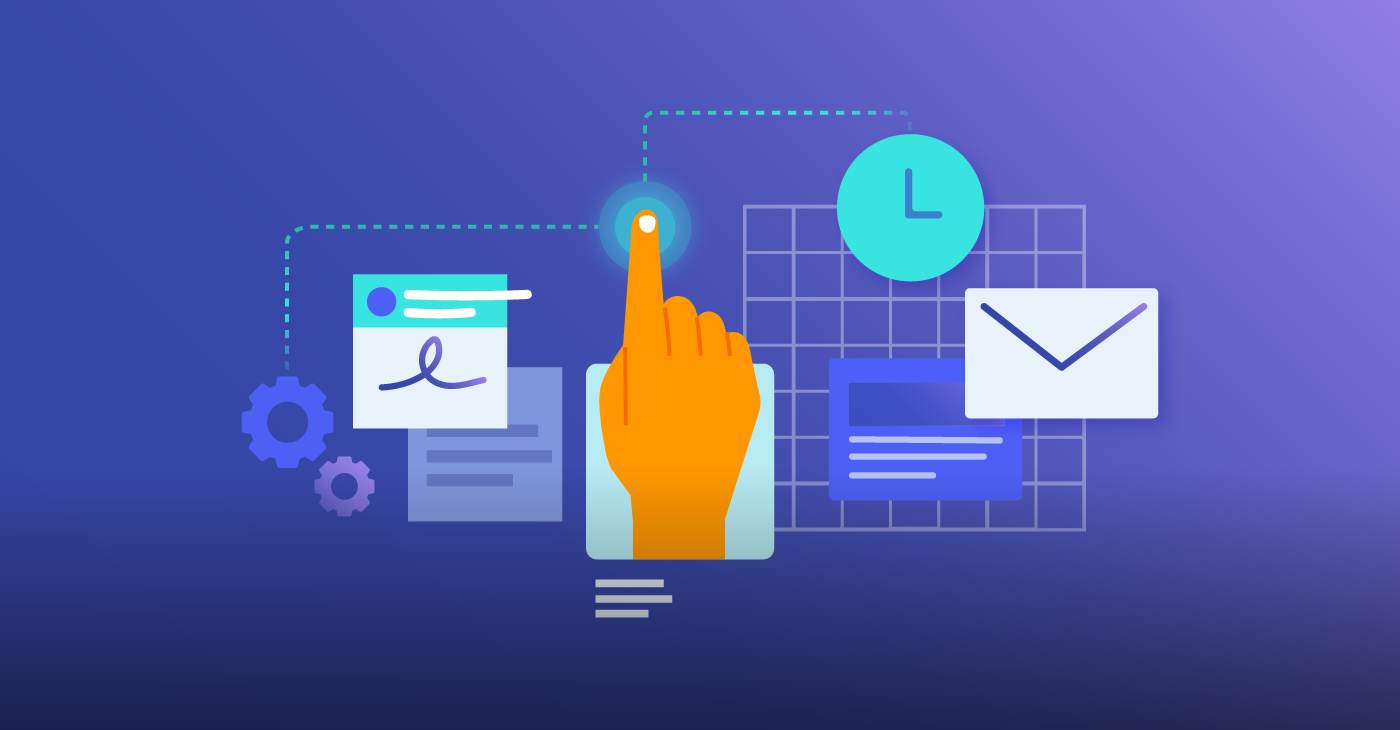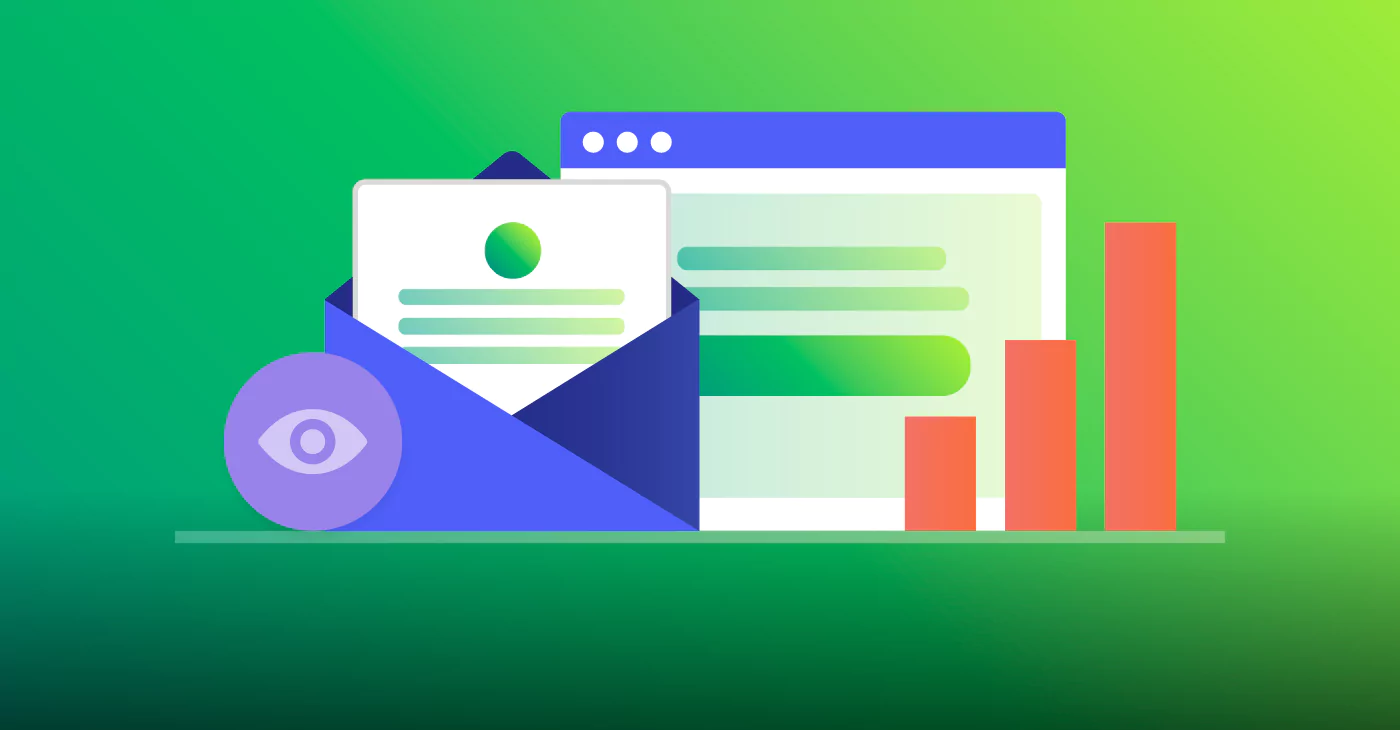What is the Difference Between Earned, Owned, and Paid Traffic?
April 29, 2021 4 min read

Growing your email list means you have more and more leads to engage with, nurture, and potentially convert to new customers.
There are various ways to grow your list, but most of them involve increasing your site traffic. And when evaluating your site traffic and determining where it’s coming from, it’s important to be able to tell the difference between three of the main sources: earned, owned, and paid.
Identifying your traffic sources is key for determining where you need to put your resources and where your resources are currently going the furthest. And because your traffic will likely be achieved through a combination of earned, owned, and paid mediums, you’ll need to be able to differentiate what’s coming from where.
Let’s dive into each avenue and break down what they look like so you can better identify the most promising channels for generating site traffic and ultimately growing your email list.
What is Earned Traffic?
Earned traffic comes from web content produced by outside sources. Earned media can be stimulated by paid and owned media since someone might see a paid or organic ad and then share information about your company via digital word of mouth. In large part, though, earned traffic remains out of your hands.
Examples of methods that generate earned traffic include:
- Social media posts from other brands or accounts that mention your company and link back to your site content
- Industry blogs or online publications that include links back to your blog content or site
- Press mentions, like listicles or software/service reviews written by industry influencers that rate or suggest your company
Because these forms of promotion appear less manipulated and are centered around providing quality information and third-person credibility, they are often a coveted way of obtaining site traffic. The latter two can also help with improving your SEO strategy by providing you with valuable backlinks to your content.
What is Owned Traffic?
Owned traffic is traffic that’s sourced directly from your owned assets— think email newsletters, your company’s social media pages, your blog, and any other content you create that’s housed on your website. This is a valuable form of traffic for businesses since you have control over the source, the message, and where it directs traffic to. You also have an opportunity to grow this traffic organically through strategic practices, many of which don’t have to take a huge bite out of your budget.
Examples of methods that generate owned traffic include:
- Your blog content that links back to your other site content
- When you link to things like your blog posts, gated resources, webinars, etc., in your email marketing
- Your social media accounts that generate traffic to site links you share
While there are no guarantees about the amount of traffic that each of these types of media can generate for you, there is huge potential in terms of what you can ultimately achieve. And for many companies, the more effort they put into growing their content marketing efforts, the more owned traffic they can start to see.
What is Paid Traffic?
Paid traffic refers to ad spots that you pay for, such as on search engine pages, websites, and social channels, similar to how you would pay to purchase ad space in a print publication. Some business owners and advertising teams favor paid media because it allows them to target the exact type of audience they’re looking to engage with.
Examples of methods that generate paid traffic include:
- Web banners displayed on affiliate websites
- PPC ads placed on sites your audience frequents
- Paid social ads on sites like LinkedIn, Facebook, and Instagram
- Influencer marketing
It’s important to set a budget for your paid advertising, as it can be easy to drop a lot of money upfront. Once you’re able to evaluate how your ads do, then you can expand or reduce your budget as needed. Also, have a solid keyword strategy since most paid ads use search queries to ensure the right ads show up for the right people.
Why You Need All Three
All three traffic sources have their benefits and drawbacks. Paid traffic, for example, is usually the fastest way to generate site traffic and immediately reach a wide audience, but it doesn’t guarantee customer loyalty. Earned traffic is difficult to generate but can establish more credibility and trust over time. Meanwhile, owned media is versatile, cost-efficient, and targeted toward your specific audience, but it takes time to maintain consistency.
To maximize website traffic, it’s necessary that you use a combination of paid, earned, and owned media. A company (especially a start-up) may only be able to create paid traffic in the early stages of promotion, but once word begins to spread, earned media can serve as a lucrative complement to paid advertisements, while owned traffic will serve to capitalize on your growing consumer base.
In the world of traffic, there are some things you have control over and some things that you don’t. In all likelihood, you’ll see these various traffic sources ebb and flow over time, sometimes due to direct action on your part (a killer social media campaign) and sometimes due to blind internet luck (going viral with an ad or article).
Track your analytics carefully and allocate resources as needed to amplify traffic wherever you can. And remember, at the end of the day, the goal is to direct that traffic to your eNewsletter sign-up so you can grow your lead pool.





